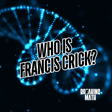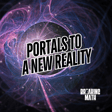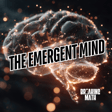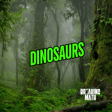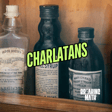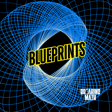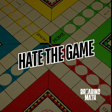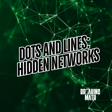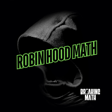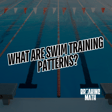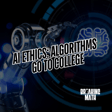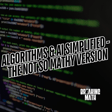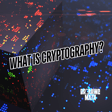
Fire Science: What are Photoacoustic Measurements?
In this episode of Breaking Math, hosts Autumn and Gabriel explore the innovative intersections of fire science and technology with experts Amy Mensch and Ryan Falkenstein-Smith who work at NIST. They discuss the groundbreaking photoacoustic technique for measuring soot deposition, its applications in fire safety and forensic investigations, and the broader implications for fire research. The conversation highlights the importance of integrating advanced technologies into firefighting and the potential for future developments in the field.
You can learn more about Time at time.gov and NIST at nist.gov.
All opinions are of the individual scientist and do not reflect the opinions of NIST or the federal Government.
Subscribe to Breaking Math wherever you get your podcasts.
Become a patron of Breaking Math for as little as a buck a month
Follow Breaking Math on Twitter, Instagram, LinkedIn, Website, YouTube, TikTok
Follow Autumn on Twitter and Instagram
Become a guest here
email: breakingmathpodcast@gmail.com

